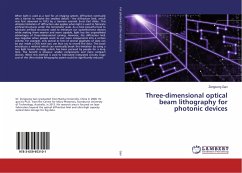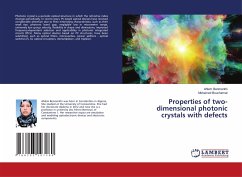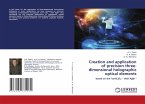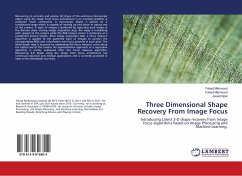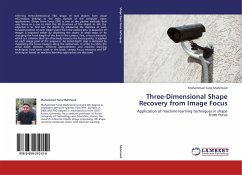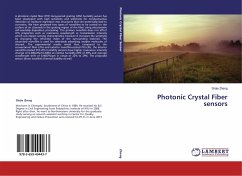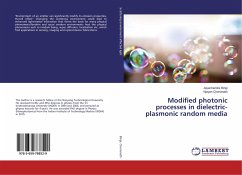When light is used as a tool for an imaging system, diffraction eventually sets a barrier to resolve the smallest details - the diffraction limit, which was first observed in 1873 by a German scientist Ernst Karl Abbe. This ultimate limitation of diffraction also applies when light is used to fabricate artificial structures under the micrometer scale. As a most powerful tool to fabricate artificial structures used to miniature our optoelectronic devices while making them smarter and more capable, light has the unparalleled advantages of three-dimensional carving. However, the diffraction limit says negative when people want to put more components into a certain volume. For example, only several or tens of several gigabytes of data can be put inside a DVD even you use blue ray to record the data. This book introduces a method which can eventually break this limitation by using a two light beams strategy, which has been pursued by people for a long time. The benefit is obvious: smaller components and more compact devices. When this method is used to fabricated integrated circuits, huge cost of the Ultra-violate lithography system could be significantly reduced.

